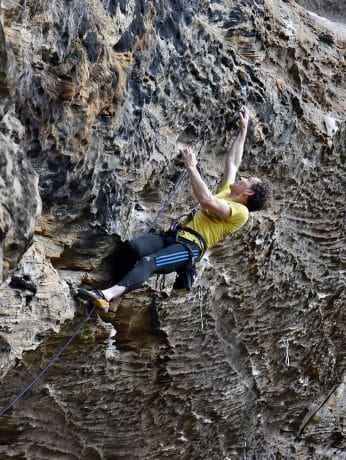
Abiding to the “10-4” Rule helped me send my mini-project Molten (5.13b/8a) in just eight total attempts.
Becoming a better sport climber demands a proper balance of improving your skills and pushing limits. Learn the “10-4” Rule for peak performance.
(This article was originally published in April of 2019, but I follow this rule to this day!)
I’m often asked my opinion on the “right amount” of time and attempts a person should invest into a project before taking a break. I believe that it’s best not to get bogged down by long-haul projects. To that end, I advise weekend warriors to follow the “10-4” Rule, or ten redpoint attempts over four days.
Why the “10-4” Rule?
1. Climbing is a skill sport first and foremost. Therefore, climbing a high volume of terrain is the fastest way to learn new skills, improve economy of movement, and dial in your mental game. Conversely, climbing the same 50 or 100 feet of rock, over and over, day after day, will actually stunt your technical growth. Imagine a basketball player who only practiced foul shots. Long term, he’ll excel at making that one shot, but he’ll miss out on the chance to improve his shooting skills from other locations and distances on the court. The cliffs of the world present us with an infinite playing field. To excel in climbing, you must explore as much of this landscape as possible. Seek a wide range of skills over just a few.
2. Confidence and a positive mindset is critical for improving your climbing performance. But repeatedly failing on a route kills confidence. Sending is the key to building confidence; therefore, selecting cool routes that you can onsight, flash, or send in a few tries goes a long way toward boosting confidence for the long haul—and having a heck of a lot of fun!
3. You’ll begin to experience diminishing returns. Recent research hints that gains in efficiency via repeated attempts on the same climb begin to level off between three and ten attempts. Elite climbers often refine sequences to the point of high efficiency in just a few attempts, whereas non-elite climbers may need many more attempts before gains in efficiency become negligible. The bottom line: if you’ve dialed in the sequence and become about as efficient as you can be (∼10 attempts) and you still can’t send the route, then you likely need to get stronger in order to bag the redpoint. A few weeks of targeted training, zoned in on your limiting factors on the project, might be all that’s needed to send the rig!
When should you break the “10-4” Rule?
There’s always an exception to any rule. Here are five good reasons to give your project more time and attempts.
1. The route is extremely complex or the crux is a low-probability dynamic move.
2. The end is near. You’re near the end of a roadtrip, for example, and the redpoint feels imminent given a few more goes.
3. Your project is easy to access. Maybe it’s at a local crag close enough that you might as well get in your targeted physical training right there on the route itself!
4. You discover new beta. It might take until your 9th go for you to find a game-changing rest (knee bar, hand jam, etc.) or an easier way to navigate the crux.
5. You’re a pro climber with almost unlimited opportunity to climb outside; putting in 20, 30, 40 goes (or more) to send a hardest-ever route is in your job description! Interestingly, German rock star Alex Megos has made quick ascents his MO. With a couple notable exceptions (Perfecto Mundo 5.15c and the Bibliography project at Céüse), Alex sends most projects in just a few goes. Years of employing this quick-send approach has helped Alex become one of the world’s very best climbers!
https://www.instagram.com/p/BikRmNwH28F/?utm_source=ig_web_copy_link
Aim for 80/20
Let me leave you with a final climbing guideline to put the 10-4 Rule in perspective. Aim to spend 80% of your outdoor climbing time on routes that you can onsight, flash, or second-go. Limit hard projecting (routes that require more than three attempts) to 20% of your time. This balance ensures the high volume of sends you need to build skills and confidence while still pushing your boundaries just enough to hone your skills. In the end, you’ll improve faster and enjoy your time on the rock more.
Related Articles:
- Highpointing Versus Lowpointing Tactics for Sending Your Project
- Effective Projecting and the Secret for Sending
- Project-Specific Training with Indoor Simulator Problems
- Projecting 101: 6 Tips for Sending Your Project
- Projecting Strategies: How to Suss and Send
Copyright © 2000–2023 Eric J. Hörst | All Rights Reserved.

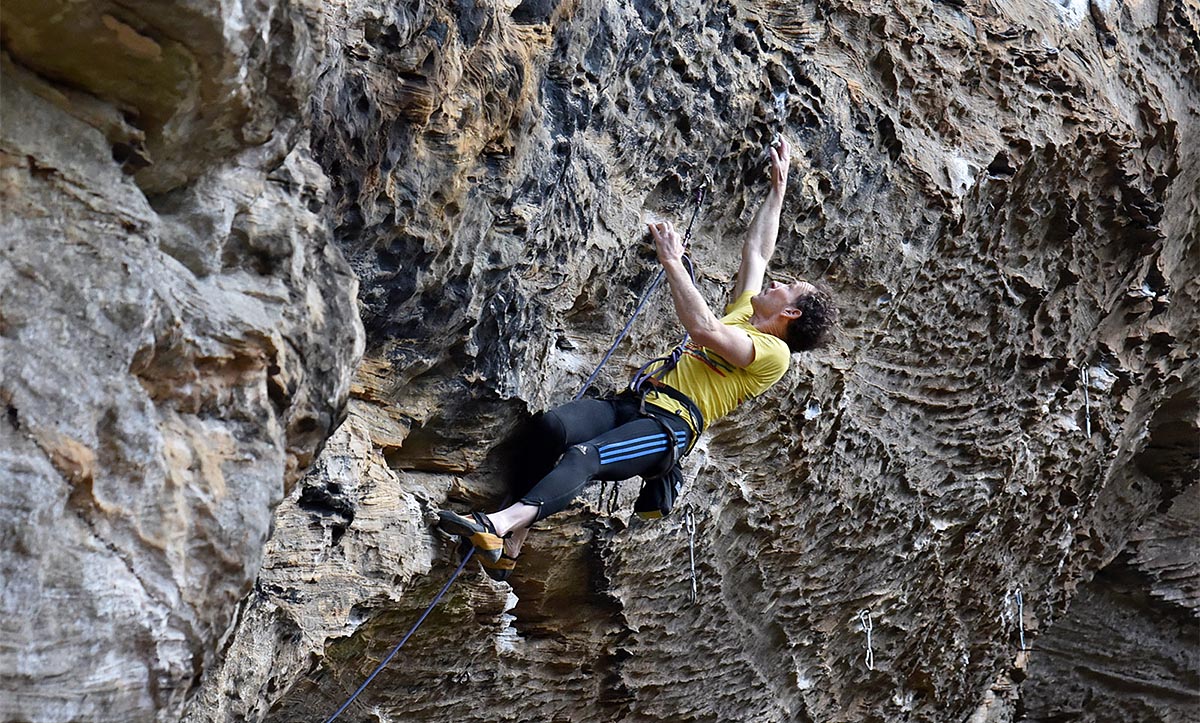

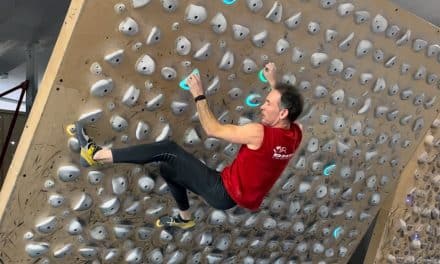
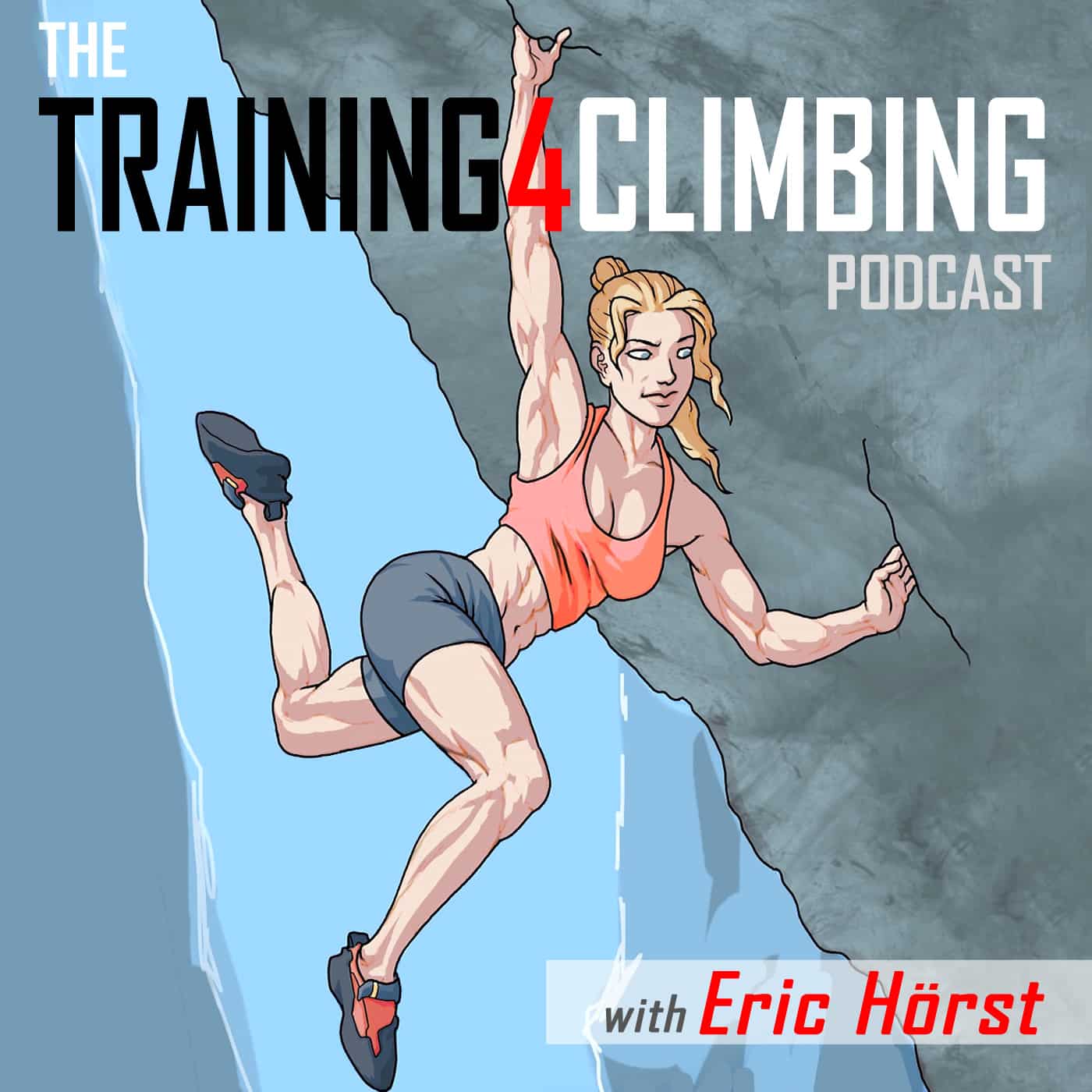
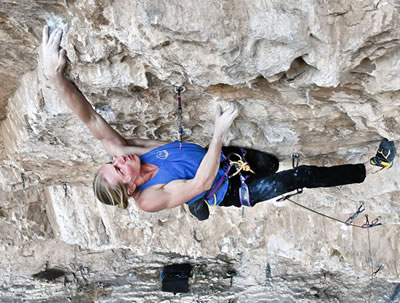
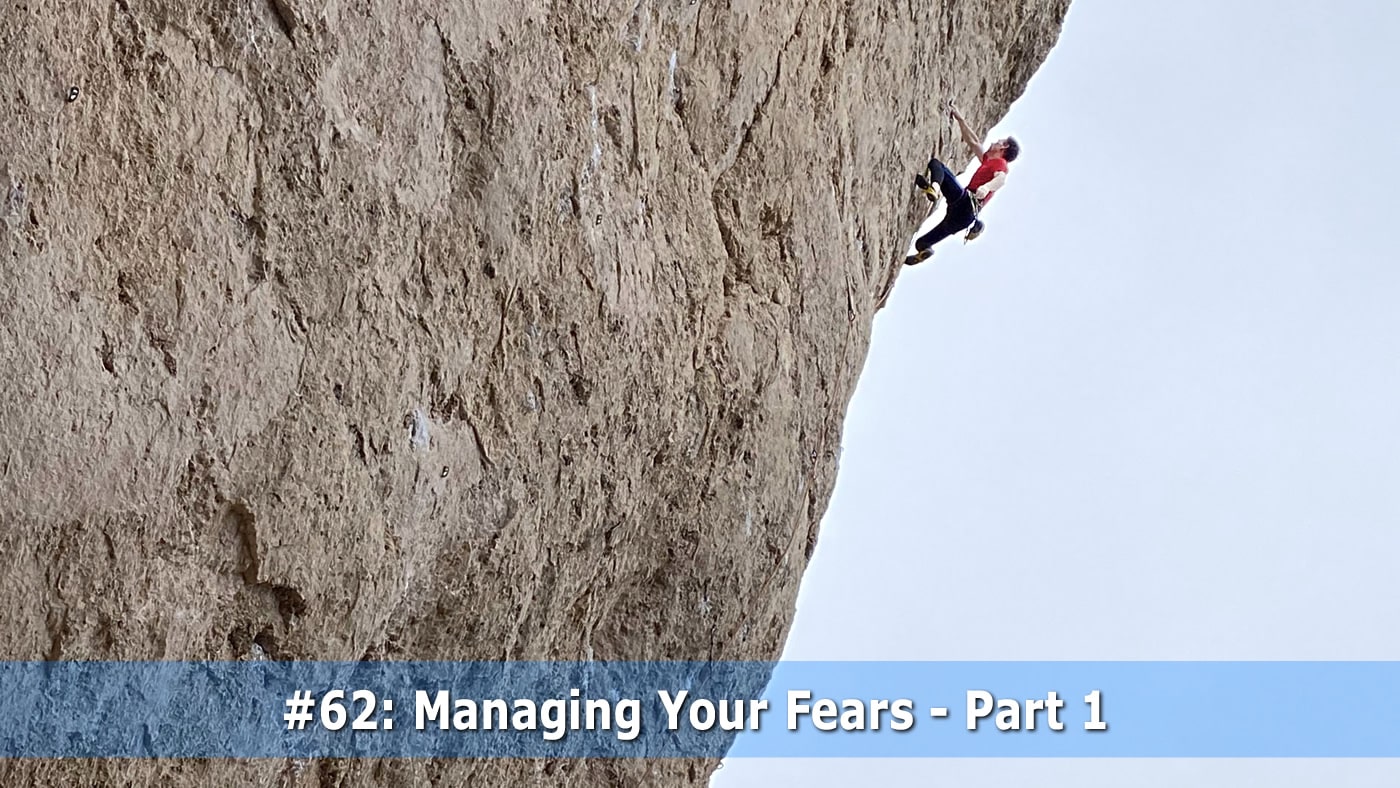

![🚨New Training For Climbing podcast drop! [**Link in bio.**]
This a two-part deep dive into designing a comprehensive, long-term systems approach to training. Coach @eric_horst unpacks—in rich detail—how systems actually function, and he highlights how transformative climbers throughout history “shake up the box” with innovative, highly effective methods to achieve big goals and push the boundaries of our sport.
In Part 1 (#122), Eric blends a concise climbing history lesson with an engineer-like breakdown of how intelligent systems operate. Part 2 (#123) of this series will deliver the actionable strategies you can use to build a personalized, high-performance training system for this winter…and for many seasons to come.
Eric emphasizes that as climbers progress beyond the beginner stage, climbing and training grow increasingly complex—requiring intentional, organized, and year-round development of strength, technique, mental skills, recovery habits, nutrition, and lifestyle management. Rather than ad-lib sessions or singular-focus programs (like only training strength), climbers need a comprehensive system fine-tuned daily and seasonally.
This is an entertaining and thought-provoking episode—so lean in, listen closely, and get ready to feel inspired, challenged, and equipped to level-up your modus operandi at the crag, in the gym, at home, and in everything you do! Listen on Apple Podcasts, Spotify, or online using the web player below.
#climbingtraining #bouldering #indoorclimbing #climbing #climbingpodcast #erichorst #trainingforclimbing @lasportivana @physivantage](https://trainingforclimbing.com/wp-content/plugins/instagram-feed/img/placeholder.png)


